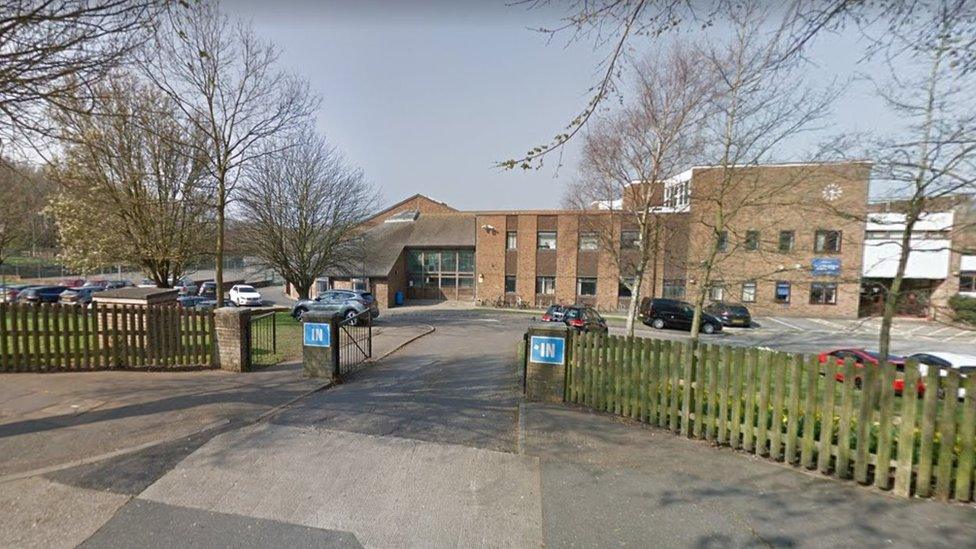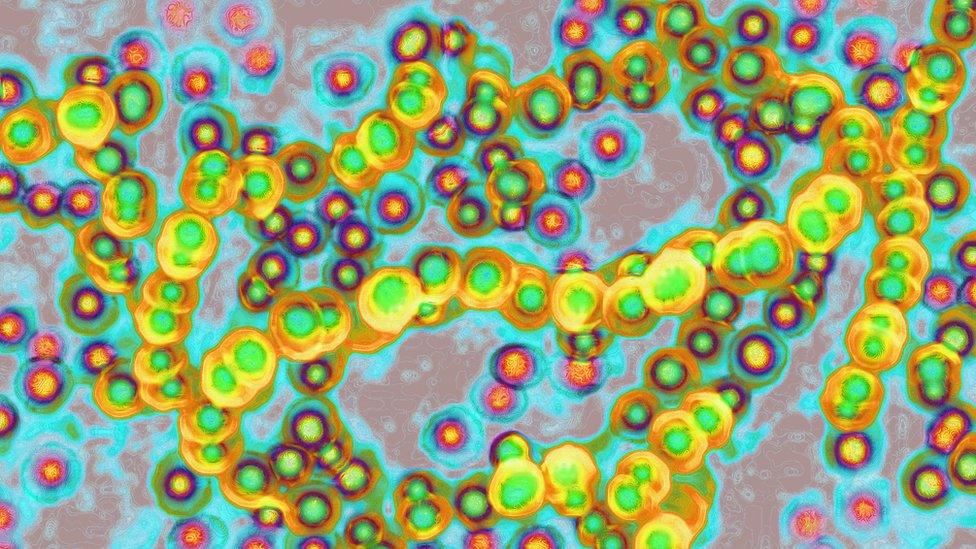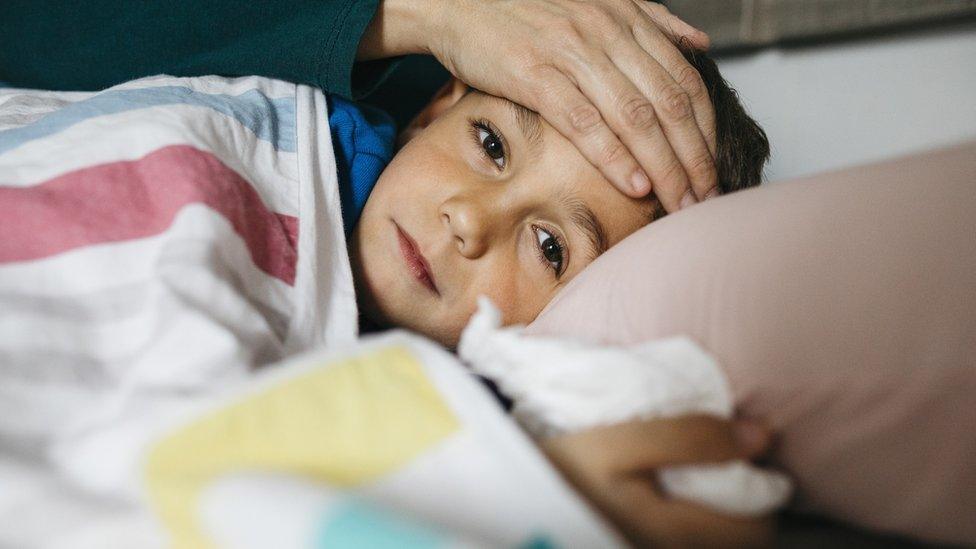Hove secondary school pupil dies with suspected strep A
- Published

The pupil attended Hove Park School in East Sussex
A secondary school pupil has died with suspected strep A in East Sussex, officials have said.
The child attended Hove Park School in Hove, a joint statement from the UK Health Security Agency (UKHSA) and Brighton & Hove City Council said.
As of Thursday, 15 UK children had died after invasive strep A infections since September.
The death of the pupil in Brighton with suspected strep A brings that number to 16.
Most strep A infections are mild, but more severe invasive cases - while still rare - are rising.
Public health officials in Brighton and Hove said they were working with the school to raise awareness among parents about the signs of strep A infections and what to do if a child develops them.
The age and gender of the child have not been disclosed.
Dr Rachael Hornigold, consultant in health protection at UKHSA South East, said: "We are extremely saddened to hear about the death of a young child, and our thoughts are with their family, friends and the local community."
Alistair Hill, director of Public Health at Brighton & Hove City Council, said: "We are working with the UK Health Security Agency and Hove Park School following the death of a pupil who attended the school.
"We offer our heartfelt condolences to the family, friends, and the whole school community who will all be deeply affected by the very tragic loss of this young child, and we are providing our support to them at this incredibly sad time."
Normally, mild strep A infections cause symptoms like a sore throat or skin infections.
The bug can also cause scarlet fever - with a sore throat, skin rash that feels like sandpaper, a high temperature and a so-called "strawberry tongue".
It is treated with antibiotics which may also help reduce the risk of complications and spread of the bug.

What is strep A?

Group A streptococcal (GAS) infection is caused by strains of the streptococcus pyogenes bacterium
The bacteria can live on hands or the throat for long enough to allow easy spread between people through sneezing, kissing and skin contact
Most infections cause mild illnesses such as "strep throat" or skin infections
It can also cause scarlet fever and in the majority of cases this clears up with antibiotics
On rare occasions the bacteria can get deeper into the body - including infecting the lungs and bloodstream. It is known as invasive GAS (iGAS) and needs urgent treatment as this can be serious and life-threatening

Data as of Thursday from the UKHSA showed 13 children aged under 15 had died in England since September.
Two other deaths of children had been recorded in Belfast and Wales, taking the UK total to 15 at that point.
Mr Hill said that contracting strep A from another person was "very rare" and most people who come into contact with strep A infections "remain well and symptom-free - and therefore there is no reason for children to be kept home if well".

Follow BBC South East on Facebook, external, on Twitter, external, and on Instagram, external. Send your story ideas to southeasttoday@bbc.co.uk, external.
Related topics
- Published9 December 2022

- Published8 December 2022

- Published5 December 2022
